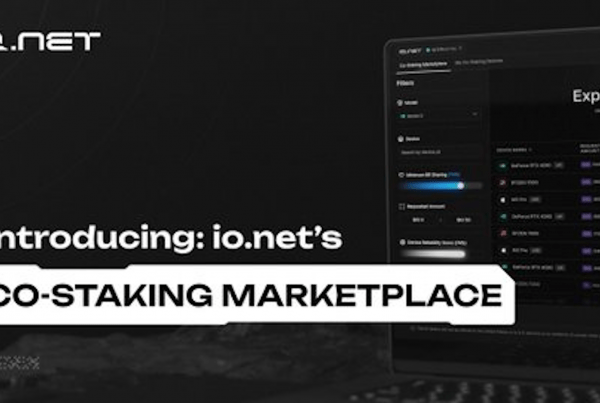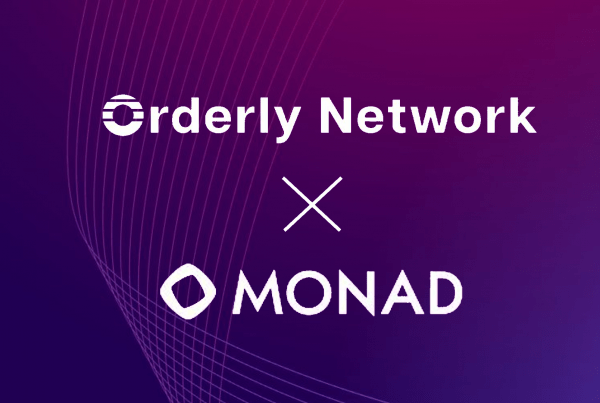
- The emergence of DeFi in 2020 characterizes the crypto industry.
- DeFi sector has inherent risks such as user error, faulty smart contracts e.t.c
- Low liquidity, interoperability, and over-collateralization hinder DeFi adoption.
- DeFi community strives to come up with solutions
To this very day, cryptocurrencies have accomplished several major milestones in their ten-year transformation into a good asset class. Some of the achievements include token and coin offerings, development of crypto derivatives market, United States SEC regulatory body, tokenized bitcoin and state-issued digital currencies. However, the year 2020 has been marked by the rise of DeFi (Decentralized Finance), which disrupted the entire industry.
As typical with digital assets such as bitcoin, several DeFi assets have witnessed monumental gains within a concise space of time. For instance, 24 hours after Serum launched its governance token, its value went through the ceiling, recording a mammoth 1,500 percent increase. Consequently, the total amount of assets locked inside DeFi protocols start growing. According to DeFi Pulse data, investments worth over $11 billion are currently closed in DeFi protocols.
Notably, DeFi has not only caught the attention of crypto enthusiasts, but centralized finance experts are also beginning to gain interest. This trend is primarily driven by the massive potential that decentralized finance presents. The growing sector is expected to revolutionize the financial industry entirely. However, for that to be achievable, some certain risks and challenges need to be addressed.
Inherent risks facing DeFi
Some of the significant risks facing the emerging DeFi sector arise from the dependency on smart contracts, price volatility, uninsured loans, user error, and possible breakdown of the price system.
Although the DeFi sector presents tremendous benefits, it is still evolving. This implies that the massive luxuries offered by the DeFi ecosystem come at a certain degree of risk. One key is the fragility of smart contracts. Despite the robust underlying technology behind smart contracts, a coding error might result in massive funds loss. For instance, a $10 million ethereum heist was fortunately averted by a white hat hacker late last month from an incorrect code.
The risk of smart contracts is strongly associated with the ever-increasing cases of human error. No matter how perfect a platform’s code is, the developers cannot foretell the way users will maneuver through the application. Massive sums of funds have been lost by sending false addresses. For instance, users of a platform may direct funds to the incorrect smart contract blockchain address. Such a risk can be mitigated by introducing the new ERC-777 tokens that identify and impede the wrong addresses, increasing the fees.
Another critical factor that should always be considered is the internal management of a project and the external laws and regulations. There is still the possibility of a DeFi project changing management and even ownership. At times, structural and operational changes might occur without warning. The domestic authorities might also implement fresh legislation that might spell the usability o a given currency or even ban it entirely.
The other missteps, such as the market volatility associated with cryptocurrencies and uninsured loans, suggest that there is still a considerable risk of losing money in the DeFi sector. Such losses could occur without necessarily the user nor the developer making a mistake.
Apart from the inherent risks, some problems need to be addressed to drive DeFi proliferation. Some of these issues that impede the sector’s expansion include over-collateralization, centralization, inadequate liquidity, and the lack or little interoperability of networks.
What’s next for DeFi?
Startups have already emerged to come up with solutions to these risks and problems. With time, resources will be directed towards DeFi, boosting liquidity as the sector expands. However, faultless coding, the emergence of new interoperability mechanisms like Atomic Swap on top of high liquidity, would make the decentralized finance sector more inviting to the traditional financial structure and ordinary people. All the setbacks discussed are being dealt with by the community in various ways. Some of them might be entirely addressed with time. The risks associated with faulty smart contracts and user errors will likely minimize the more contemplative utility of audits, open-source promptness, bug rewards, and a coordinated manner of creating solutions. As governments and regulators develop a policing structure of the sector, more investors will flock in as the legal parameters will be clearly defined.



